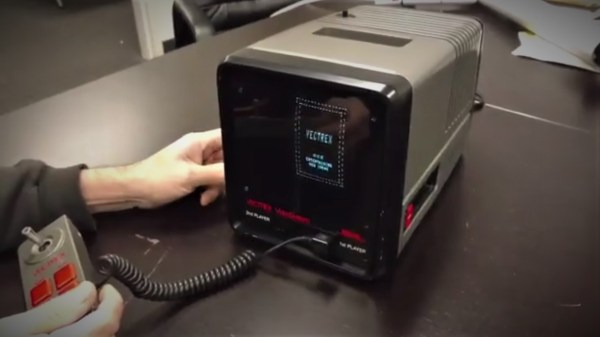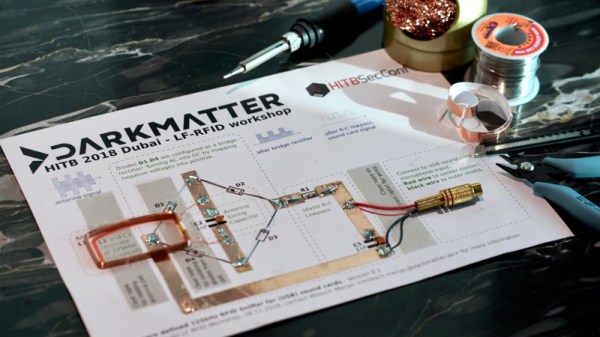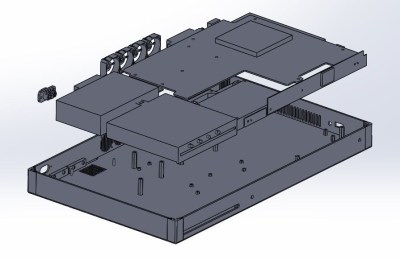The crash of the videogame market in 1983 struck down a slew of victims, and unique products such as the Vectrex were not immune to its destructive ways. The all-in-one console featured a monochromatic vector display and offered an arcade-like experience at home complete with an analog joystick controller. It sadly never made it to its second birthday before being axed in early 1984, however, thanks to the [National Videogame Museum] we now how a glimpse of an alternate history for the Vectrex. They posted some photos of an unreleased Vectrex prototype that was restored to working order.
Little was known about this “Mini version” of the Vectrex as its very existence was called into question. The console came into and left the videogame market in such short order that its distributor, Milton Bradley, would have killed any additional model posthaste. Little thought was given to the idea, though a rumor appeared in Edge magazine issue 122. The article detailed a fan’s memory of seeing a Vectrex shaped “like a shoebox” on the president’s desk.
Seven years after the publication of that story, photos of the Vectrex design revision were posted by one of the Vectrex designer’s sons on Flickr. These photos served as the only concrete evidence as to the existence of the machine that were widely available for some time. That was until the [National Videogame Museum] managed to acquire the actual prototype as part of the museum’s collection in Frisco, TX. So for those without plans to swing through the DFW area in the near future, there is the video of the mini Vectrex in action below.
Continue reading “Mini Vectrex Prototype Restored By National Videogame Museum”




















